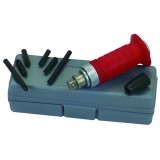turn left
Go Fast & Turn Left
Plates...
.........................Steel............Friction
Pre Aug 73...........1.6mm........6 @ 3.5 mm
Aug 73 – Aug 78...1.4 mm.......7 @ 3.0 mm
Post Aug 78.........1.4 mm.......6 @ 3.0 mm
I know this is an old thread but it seems to be the most comprehensive regarding clutches. I have a 79 with 6 friction plates as described above. Why does MikesXS and 650central recommend "1980-84 models use 6pc, 1974-79 models use 7pc"? I know I am beating a dead horse here but I read & read and yet still confused on what to order.

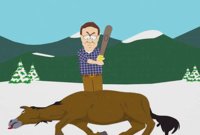


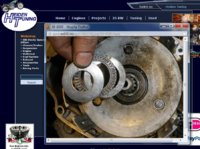
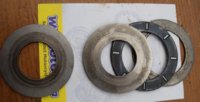
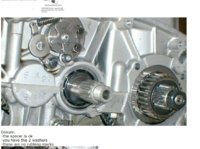
 thank you
thank you
